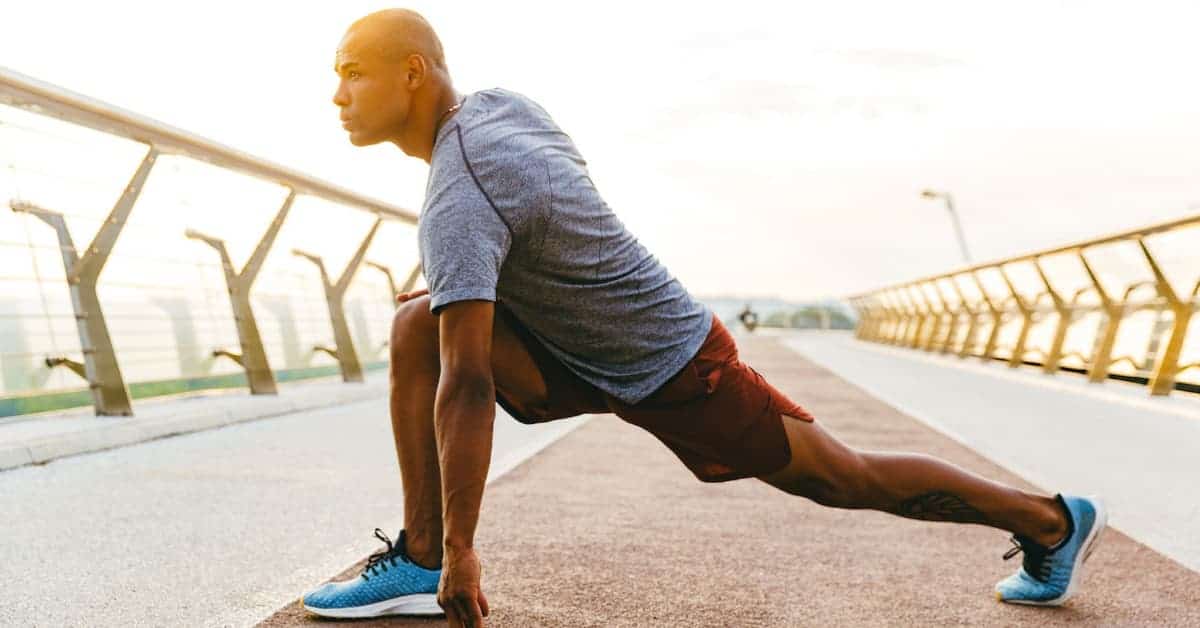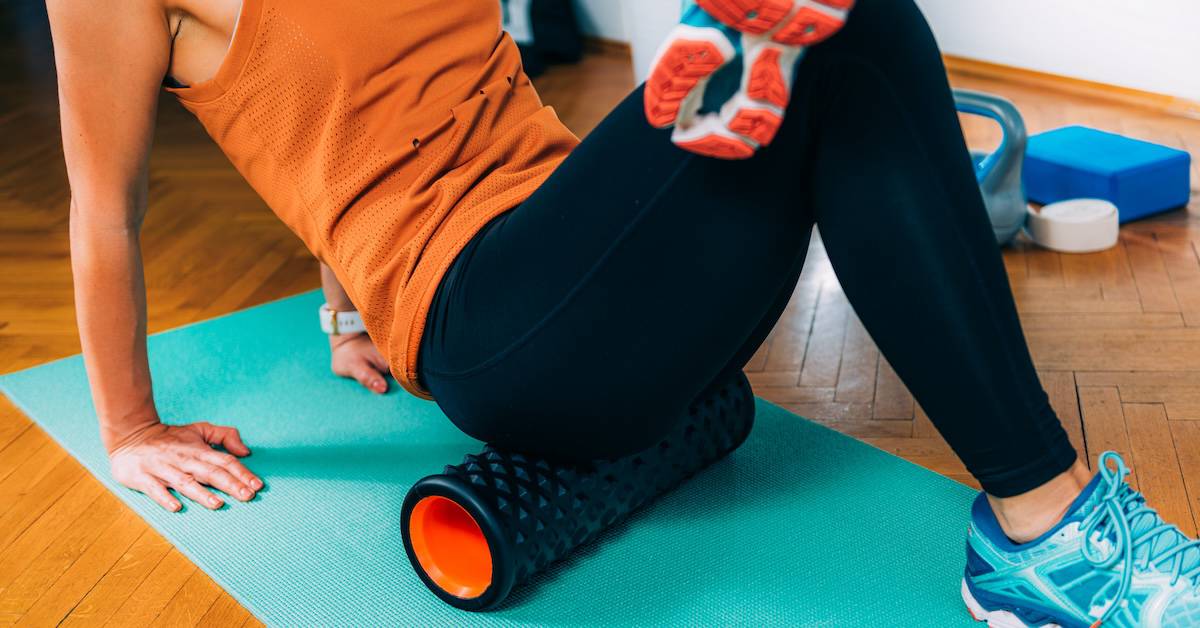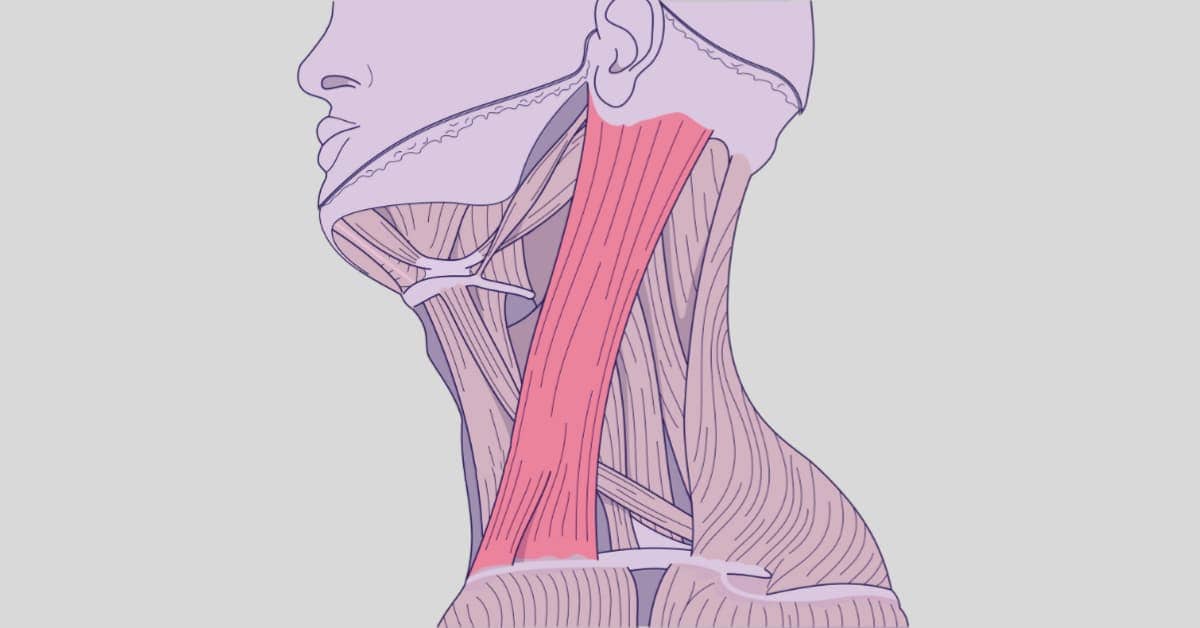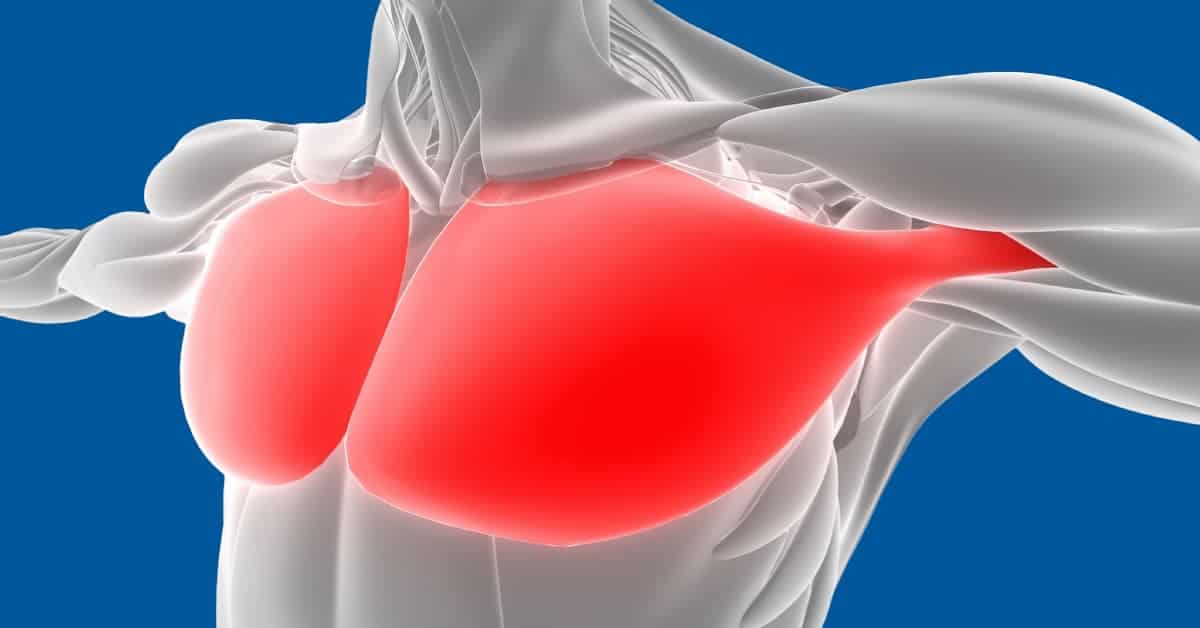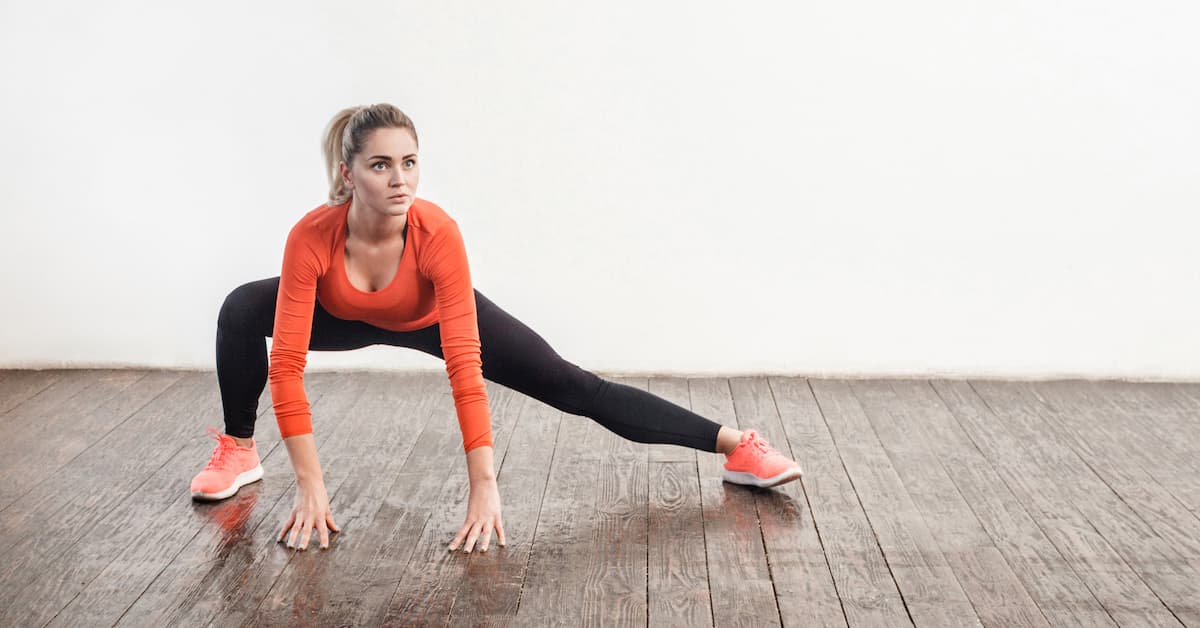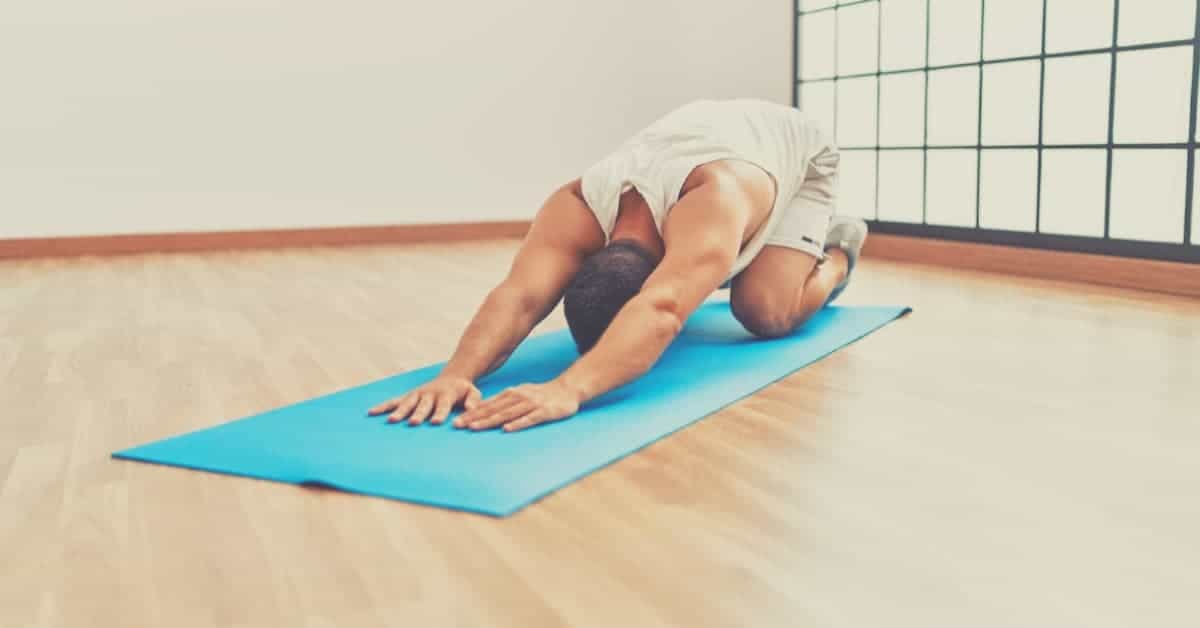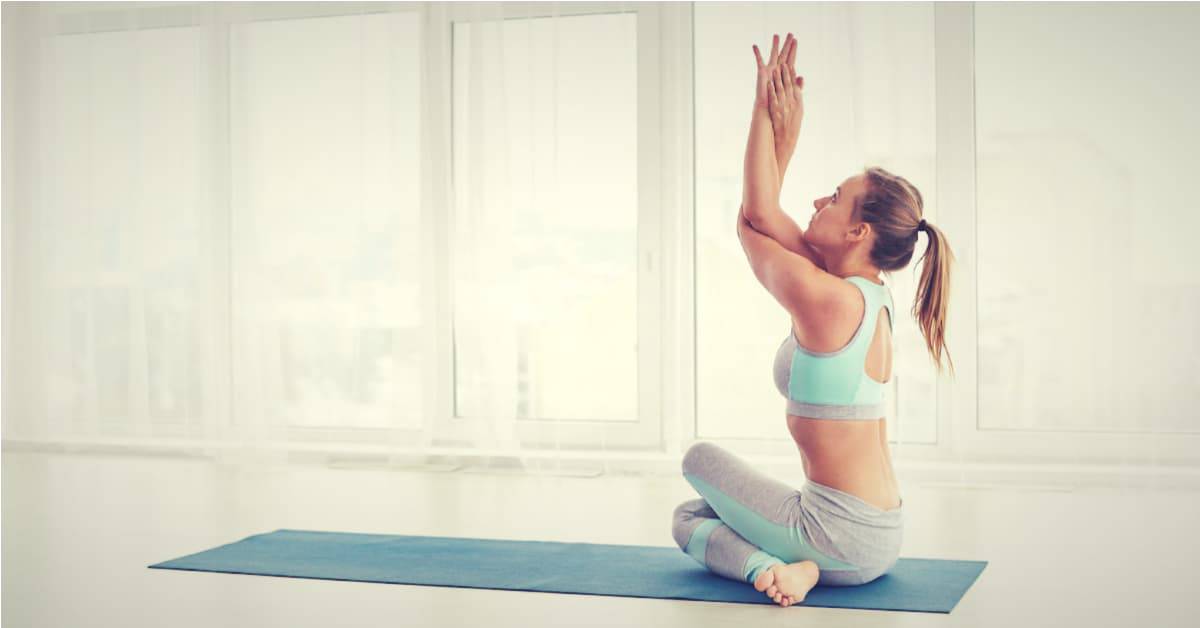Many people lead lifestyles where sitting takes centre stage — at work, during commutes, or simply while relaxing at home. But the human body, particularly the hip flexors, isn’t designed for prolonged periods of immobility.
Sitting for extended periods can cause tightness in the hip flexors, leading to discomfort and other physical complications. This article is designed to help you alleviate this tightness with some effective hip flexor stretches you can do right at home.
I. Understanding Hip Flexors
Your hip flexors are not just a single muscle but a group of muscles located at the front of your hip. These muscles include the iliopsoas (made up of the iliacus and the psoas major), the rectus femoris (part of the quadriceps), the sartorius, and the tensor fasciae latae (TFL).
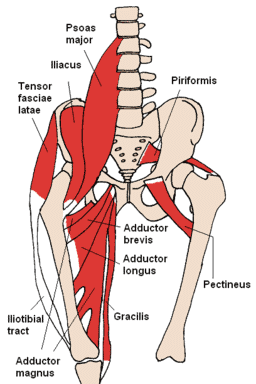
They allow you to lift your knees and bend at the waist. In essence, any action that involves moving your legs towards your body engages the hip flexors. This includes everyday actions like walking, climbing stairs, and even just standing.
When you spend much of your day sitting, your hip flexors remain in a shortened position. Over time, this can lead to tightness and discomfort, affecting your mobility and potentially leading to a host of other issues.
II. Symptoms of Tight Hip Flexors
Knowing the signs of tight hip flexors can help you address the issue before it escalates. Some common symptoms include discomfort in the front of your hip or a limited range of motion when attempting to fully extend your hip or lift your knee towards your chest.
Another common symptom of tight hip flexors is an anterior pelvic tilt. This occurs when the front of your pelvis drops in relation to the back of the pelvis, often resulting in an exaggerated curve in your lower back. This is increasingly common, particularly among those who sit most of the day.
Tight hip flexors can also contribute to discomfort beyond the hips. For instance, they can lead to lower back pain as the body compensates for the imbalance in the hips, leading to undue pressure on the lower back. It’s important to remember that these symptoms can be subtle and may become more noticeable over time.
III. Importance of Stretching
Regular stretching is an excellent way to maintain and improve mobility. It helps keep the muscles flexible, strong, and healthy, and you need that flexibility to maintain a range of motion in your joints. For the hip flexors, stretching can help elongate these muscles, counteracting the effects of prolonged sitting.
Stretching not only helps alleviate current discomfort but can also play a preventative role. Regularly stretching your hip flexors can help enhance your mobility, reduce discomfort, and make everyday activities easier.
IV. Hip Flexor Stretches
Now that we’ve covered the basics let’s delve into the hip flexor stretches. You can do these simple exercises in the comfort of your home without any special equipment.
Standing hip flexor stretch
- Stand upright and take a step back with one foot.
- Keep your back foot pointing forwards and heel lifted.
- Bend your front knee and lean forwards, keeping your back straight and pressing your back hip forward.
- You should feel a stretch along the front of your hip.
- Hold for at least 30 seconds.
- Switch sides and repeat.
Kneeling hip flexor stretch
- Start in a kneeling position. Bring one foot forward so your knee is at a 90-degree angle.
- Push your hips forward, keeping your back straight.
- Hold the stretch for at least 30 seconds.
- Repeat on the other side.
Kneeling hip flexor stretch with side bend
- Follow the steps for the kneeling hip flexor stretch.
- Once you’re in the stretch, raise the arm on the same side as your back leg and reach towards the opposite side.
- Hold the stretch for at least 30 seconds.
- Repeat on the other side.
Standing TFL stretch
- Stand next to a wall for support.
- Cross your nearest leg behind the other one.
- Lean your hip towards the wall until you feel a stretch on the outside of your hip.
- Maintain this pose for at least 30 seconds.
- Switch sides and repeat.
Lying TFL stretch
- Lie on your side on the edge of a bed or bench.
- Let your top leg hang off the edge behind your body.
- Maintain this pose for at least 30 seconds.
- Switch sides and repeat.
Standing quad stretch
- Stand upright and hold onto a wall or chair for balance if needed.
- Bend one knee, bringing your heel towards your buttock.
- Grab your ankle and gently pull it closer to your body.
- Hold for at least 30 seconds.
- Repeat on the other side.
Kneeling quad stretch
- Begin in a lunge position with one knee on the floor.
- Grab the foot of your back leg and gently pull it towards your body.
- Keep your torso upright and your hips facing forward.
- Hold for at least 30 seconds.
- Repeat on the other side.
Frog stretch
- Start on all fours.
- Widen your knees as far as they will comfortably go.
- Keep your feet in line with your knees, your toes touching the ground.
- Ease your hips back towards your heels as far as is comfortable.
- Hold the stretch for at least 30 seconds.
Seated butterfly stretch
- Sit on the floor with your back straight.
- Bring the soles of your feet together, allowing your knees to drop towards the floor.
- Hold onto your feet or ankles and gently press your knees down with your elbows for a deeper stretch.
- Maintain this pose for at least 30 seconds.
Adductor kneeling stretch
- Begin on all fours.
- Extend one leg out to the side, keeping the foot flat on the floor.
- Push your hips back towards your heel, feeling a stretch along the inner thigh.
- Maintain this pose for at least 30 seconds.
- Switch sides and repeat.
V. Tips for Hip Flexor Stretching Success
Achieving the most benefit from these stretches involves more than just going through the motions. Here are some key points to keep in mind to help you get the most out of your stretching routine and ensure you’re doing it safely and effectively:
- Make stretching a consistent habit: Aim to do these stretches regularly, perhaps during work breaks or after physical activity.
- Focus on form: Ensure your body alignment is correct during each stretch to increase effectiveness and reduce the risk of injury.
- Breathe deeply: Regular and deep breaths can help enhance the effectiveness of the stretch and deliver oxygen to your muscles.
- Take your time: Don’t rush. Doing fewer stretches with proper form is better than many in haste.
- Consider myofascial release: Self-massage of tight hip flexors can relieve tightness further. Tools like a massage ball or foam roller can be used for this purpose.
- Listen to your body: If a stretch feels uncomfortable or you’re uncertain about your form, consider consulting a healthcare professional or a certified physical therapist.
By keeping these tips in mind, you can improve your hip flexibility and reduce discomfort more effectively.
The Stretch Ahead
Tight hip flexors can be an uncomfortable consequence of a sedentary lifestyle, but you’re not stuck with this discomfort. Incorporating these hip flexor stretches into your daily routine can help counteract the effects of prolonged sitting, improve your hip mobility, and potentially alleviate associated discomfort.
As you start your stretching journey, remember to prioritize safety and listen to your body. Every body is unique; what works for one person might not work for another. If a stretch feels uncomfortable or you’re uncertain about your form, don’t hesitate to consult a healthcare professional or a certified physical therapist. They can provide personalized guidance tailored to your body and needs.
